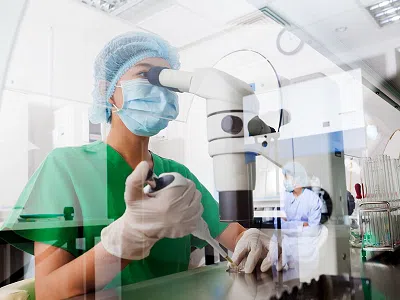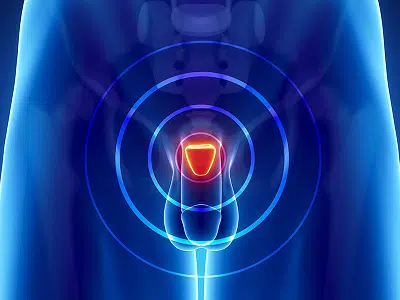
A breakthrough in IVF treatment is seeing an incredible boost in the chances of success for people hoping to conceive.
Pioneered by Australian scientists, this new treatment is seeing the number of viable high-grade embryos increase by 46.7%. This cutting-edge process was developed at Australian IVF clinic Genea – and is the closest yet to emulating what occurs in a mother’s womb. The process allows embryos to grow undisturbed in a petri-dish for five to six days, mirroring the journey in the mother’s fallopian tubes prior to implantation. When used in conjunction with a new version of continuous culture fluid (culture medium) – which is closer to that found in the human body – scientists are seeing incredible results. The culture medium reduces exposure to elements and can be used across all stages of embryonic growth – while the time-lapse incubator means embryos no longer have to be removed for monitoring.
Scientific developments lead to greater success
Last year, a study of 1 200 Australian patients and 6 000 embryos showed the use of these new procedures increased the number of viable embryos 46.7%, compared to traditional procedures. Mark Bowman, Medical Director at Genea, said the study shows the new system could result in more babies being born in Australia and abroad. Speaking to Australian media sources, associate professor Bowman said: “It’s fair to say that if a patient has more viable embryos for transfer or freezing it’s likely we will make more babies per egg collection”. “(This) presents a significant cost and emotional benefit to patients and savings for the government.”
The presence of IVF of Australia
It’s estimated that one in every 25 Australian births are a result of IVF, with one in six Australian couples suffering infertility. This number is continually growing, with 12 875 babies born as a result of Assisted Reproductive Technologies in Australia, an increase of 21% from 2010. Genea Scientific Director, Steven McArthur, has been working in this field since 1989 and is thrilled about the new developments his team have identified. “To be able to recreate the process as close as possible to the human body is definitely the most exciting thing,” Mr McArthur said. The new process has the IVF world buzzing, with international clinics in Europe, Japan, Canada, China and the US wanting to trial the approach.
True success of the project yet to be determined
While the science is moving forward, the true benefits of these new developments may not be known until the number of successful births can be measured: “The most important thing is not having more embryos it is having high quality pregnancy data at the end of it,” said Michael Chapman, president if the Fertility Society of Australia.




